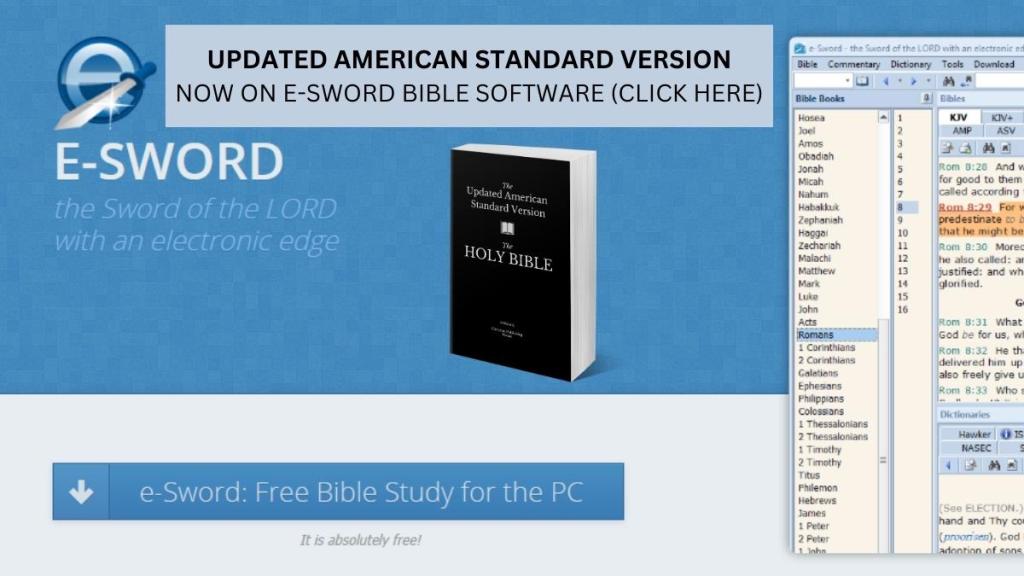John 12:13-14 (facsimile); the initial for epsilon has motif with a blessing hand
- Additions
-
- In Matthew 10:12 it reads λεγοντες ειρηνη τω οικω τουτω instead of αυτην. The reading is used by manuscripts: Sinaiticus*,2, Bezae, Washingtonianus, Koridethi, f 1 1010 (1424), it vgcl.
- In Matt. 27:49 codex contains added text: ἄλλος δὲ λαβὼν λόγχην ἒνυξεν αὐτοῦ τὴν πλευράν, καὶ ἐξῆλθεν ὖδορ καὶ αἳμα (the other took a spear and pierced His side, and immediately came out water and blood). This reading was derived from John 19:34 and occurs in other manuscripts of the Alexandrian text-type (א, B, C, Γ, 1010, 1293, pc, vgmss).
- In John 20:31 it reads ζωην αιωνιον along with א C(*) D Ψ 0100 f13 it vgmss syrp, h copsa, copbo; majority reads ζωην;
- Some readings
In Matthew 1:10 it reads Αμων for Αμως (א, B, C), the reading of the codex agrees with W, f13 and the Byzantine text.
Text
The Greek text of this codex is representative of the Alexandrian text-type in its late stadium. It contains a large number of Byzantine readings in the Gospel of Matthew (1:1–17:26). Kurt Aland placed it in Category II, which means it has a number of non-Alexandrian readings. According to Wisse, who examined Luke 1; 10; 20, their text is a “core member” of the Alexandrian text.
It is probably the fourth-best manuscript of the Gospels, inferior only to P75, Codex Vaticanus, and Codex Sinaiticus. It is much closer to Vaticanus than to Sinaiticus.
In some cases, it supports Sinaiticus and Vaticanus against almost all of the rest of the manuscripts. In Matthew 23:38 the word ερημος (desert) omitted like in B and ℓ 184. In Matt 19:29 instead εκατονπλασιονα (hundredfold) it has πολλαπλασιονα (manifold) like in codices B and 1010.
In Matthew 19:16 it reads διδασκαλε (teacher) along with manuscripts: א, B, D, f1, 892txt, 1010, 1365, ℓ 5, ita, d, e, ff1, copbo, eth, geo, Origen, Hilary;
In Luke 22:1 it reads ηγγισεν for εγγιζεν along with Codex Bezae.
In Luke 4:17 it has textual variant καὶ ἀνοίξας τὸ βιβλίον (and opened the book) together with the manuscripts A, B, W, Ξ, 33, 892, 1195, 1241, ℓ 547, syrs, h, pal, copsa, bo, against variant καὶ ἀναπτύξας τὸ βιβλίον (and unrolled the book) supported by א, Dc, K, Δ, Θ, Π, Ψ, f1, f13, 28, 565, 700, 1009, 1010 and many other manuscripts.
In Luke 14:5 it reads ὄνος ἢ βοῦς for υἱὸς ἢ βοῦς; the reading of the codex is supported by א, K, L, X, Π, Ψ, f1, f13, 33, 892, 1071, ℓ 547;
It was noted in the 19th century that there is a strong resemblance to Codex Vaticanus, to the citations of Origen, and to the margin of the Harkleian Syriac.
History
Probably it was written in Egypt.
The text of the codex was cited by Robert Estienne as η’ in his Editio Regia. It was loosely collated by Wettstein. Griesbach set a very high value on the codex. It was edited in 1846 by Tischendorf (Monumenta sacra inedita), but with errors.
The codex is located now at the Bibliothèque nationale de France (Gr. 62), in Paris.
Attribution: This article incorporates text from the public domain: Wikipedia, the free encyclopedia
REFERENCES
- Aland, Kurt; Aland, Barbara (1995). The Text of the New Testament: An Introduction to the Critical Editions and to the Theory and Practice of Modern Textual Criticism. Erroll F. Rhodes (trans.). Grand Rapids: William B. Eerdmans Publishing Company. p. 113. ISBN 978-0-8028-4098-1.
- Scrivener, Frederick Henry Ambrose; Edward Miller (1894). A Plain Introduction to the Criticism of the New Testament. 1 (4 ed.). London: George Bell & Sons. pp. 137–138.
- Gregory, Caspar René (1900). Textkritik des Neuen Testaments. 1. Leipzig: J.C. Hinrichs’sche Buchhandlung. p. 55.
- Bruce M. Metzger, Bart D. Ehrman, “The Text of the New Testament: Its Transmission, Corruption and Restoration”, Oxford University Press, Oxford 2005, p. 77.
- Eberhard Nestle, Erwin Nestle, Barbara Aland and Kurt Aland (eds), Novum Testamentum Graece, 26th edition, (Stuttgart: Deutsche Bibelgesellschaft, 1991), 56. [NA26]
- NA26, p. 24, 164, 190, 232, 317.
- UBS3, p. 273.
- The Greek New Testament, ed. K. Aland, A. Black, C. M. Martini, B. M. Metzger, and A. Wikgren, in cooperation with INTF, United Bible Societies, 3rd edition, (Stuttgart 1983), p. 256. [UBS3]
- Bruce M. Metzger (2001). “A Textual Commentary on the Greek New Testament”, Deutsche Bibelgesellschaft, Stuttgart: United Bible Societies, p. 59; NA26, p. 84; UBS3, p. 113-114.
- Carlo Maria Martini, La Parola di Dio Alle Origini della Chiesa, (Rome: Bibl. Inst. Pr. 1980), p. 285.
- Frederik Wisse, The profile method for the classification and evaluation of manuscript evidence, William B. Eerdmans Publishing, 1982, p. 52.
- “Liste Handschriften”. Münster: Institute for New Testament Textual Research. Retrieved Sunday, May 23, 2021.


































































































































































































